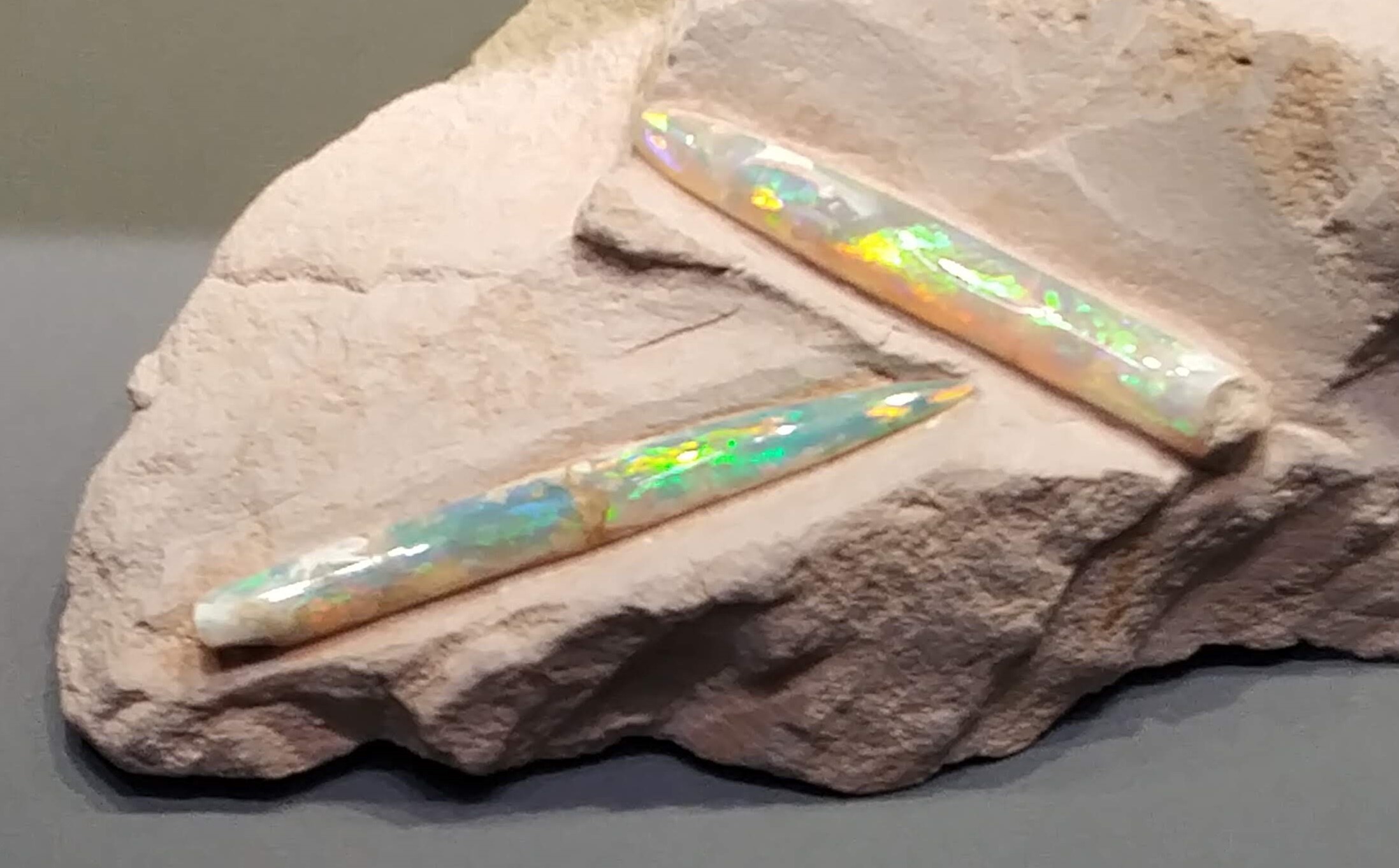Fascinating geology
By Fleur
@Fleura (30541)
United Kingdom
November 13, 2024 5:25am CST
On one of our days in Paris we visited the geology section of the Natural History Museum. The Natural History Museum encompasses several separate buildings as well as the botanic garden, menagerie and various other sites. We didn’t actually intend to go there first, we strolled through the botanic garden (‘Jardin des Plantes’ – which we were amused to overhear some other tourist explain to her friend must be the garden of planets – I mean what??) aiming for the biology building (the ‘Grand Gallery of Evolution’) but that was fully booked so we were turned away.
Instead we opted for the ‘Galerie de Géologie et de Minéralogie’ which was next to it, and allowed us in. We thought we would just have a quick look around but in fact it was absolutely fascinating. For starters it housed a stunning collection of enormous crystals, many found in Brazil and transported carefully around the world to their new resting place! Then there were several bays showcasing crystals of all kinds, with a few little videos explaining things like how crystals are formed, and what makes a particular mineral different from another even when they have the same chemical composition. They really were stunning, so beautiful and so delicate… and so interesting!
I was most fascinated to read that when the solar system first formed, some 4.6 billion years ago, only about a dozen minerals were in existence. Then with the movement of the tectonic plates and the formation of the atmosphere, the number gradually increased during the first two billion years to around 1,500. With the appearance of life, more minerals formed until now there are almost 5,000 types of minerals on Earth.
I was quite surprised by this because I always tend to think of rocks and minerals as lifeless things quite separate to living organisms. Of course I knew that there is some interplay between the two, such as formation of limestone from the remains of marine creatures in ages past, but what I hadn’t thought of was that it was only after the first living organisms developed and started to photosynthesize, generating oxygen, that compounds such as carbonates, phosphates, sulphates and any other ‘-ates’ (indicating that they contain oxygen molecules) as well as oxides of course, could form.
Well there you go, your geology lesson for today! You can find out more about the museum here.
The picture shows one of my favourite exhibits, fossil belemnites formed from opal (belemnites were squid-like creatures that lived between about 200 million and 66 million years ago, the same time as the dinosaurs; the fossilized remains are just the hard part of the skeleton).
All rights reserved. © Text and image copyright Fleur 2024.
5 people like this
5 responses
@BarBaraPrz (47706)
• St. Catharines, Ontario
13 Nov
Interesting. Those erstwhile "squids" look like a kid took colored chalk to them.
2 people like this
@Dreamerby (5971)
• Calcutta, India
13 Nov
Thank you for sharing this fascinating geology lesson! It’s incredible to think about how the presence of early life not only transformed the atmosphere but also played a key role in forming some of the very minerals we see around us today.
2 people like this
@LindaOHio (182031)
• United States
14 Nov
Beautiful opalized specimens. Have a good day.
1 person likes this
@aureategloom (11043)
• Bosnia And Herzegovina
13 Nov
thank you for the lesson, i think my husband would enjoy it even more  i remember when we went to National Museum of Bosnia and Herzegovina and went to the part with rocks and minerals. i think that's where we spent the most time. it is really interesting
i remember when we went to National Museum of Bosnia and Herzegovina and went to the part with rocks and minerals. i think that's where we spent the most time. it is really interesting  i'm really impressed with how people show interest in geology or zoology and botanic things. there are so many different species the rest of us know nothing about and they can identify them easily and tell you fun facts about it. so cool!!
i'm really impressed with how people show interest in geology or zoology and botanic things. there are so many different species the rest of us know nothing about and they can identify them easily and tell you fun facts about it. so cool!!
 i remember when we went to National Museum of Bosnia and Herzegovina and went to the part with rocks and minerals. i think that's where we spent the most time. it is really interesting
i remember when we went to National Museum of Bosnia and Herzegovina and went to the part with rocks and minerals. i think that's where we spent the most time. it is really interesting  i'm really impressed with how people show interest in geology or zoology and botanic things. there are so many different species the rest of us know nothing about and they can identify them easily and tell you fun facts about it. so cool!!
i'm really impressed with how people show interest in geology or zoology and botanic things. there are so many different species the rest of us know nothing about and they can identify them easily and tell you fun facts about it. so cool!!1 person likes this









